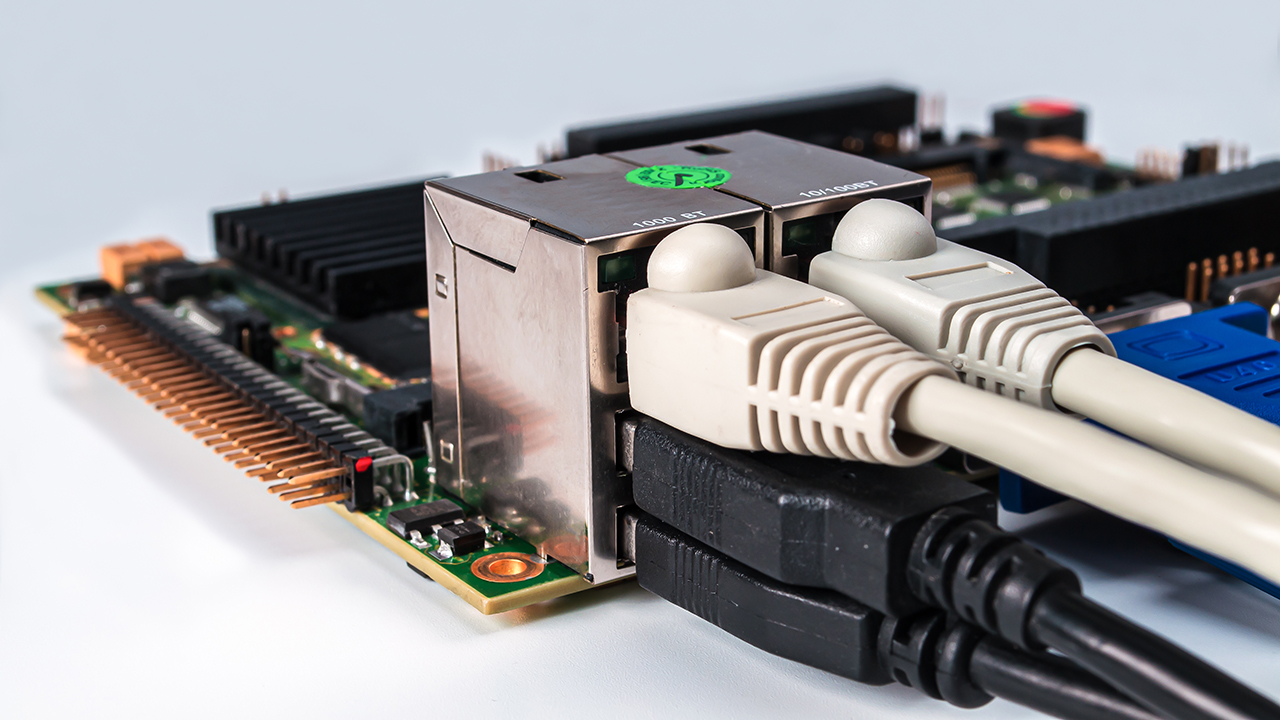Best Methods for Creating Effective Embedded Systems

Embedded systems are universal in modern technology, from simple machines like home appliances to complex systems like automobiles, aeroplanes, and medical instruments. As these systems become more predominant and complex, the need for effective design practices becomes increasingly important. In this article, we will discuss the top best practices for creating effective embedded systems.
Table of Contents
Understand the Requirements
The first step in designing an effective embedded system is to understand the requirements. The requirements of the system define what the system needs to accomplish, what environment it will operate in, and who will be using it. Understanding the requirements is essential for ensuring that the system is designed to meet the needs of its users.
One way to understand the requirements is to perform a thorough analysis of the system’s intended use, environment, and end-users. This analysis should include a review of any relevant regulations or standards that the system must comply with. Once the requirements have been identified, they should be documented and used as a basis for the system’s design.
Plan and Design for Modularity
Modularity is an essential aspect of effective embedded system design. A modular design enables easy integration of new features and functionality, as well as future expansion and enhancements to the system. Modularity also enables easier maintenance and troubleshooting, as each module can be tested and debugged independently.
When planning for modularity, it is important to identify potential areas of change and design for flexibility. This includes selecting appropriate hardware and software components and designing interfaces between modules that allow for easy integration and expansion.
Use Appropriate Tools and Technologies
Using the right tools and technologies is essential for creating effective embedded systems. The selection of tools and technologies should be based on the system’s specific requirements. For example, if the system requires high performance, then the selection of hardware and software components should be optimised for performance.
Standardised development tools and libraries can also improve efficiency and maintainability. These tools can provide a framework for developing and testing code and standard interfaces between components. Factors such as performance, power consumption, and cost should be considered when selecting hardware components.
Implement Effective Testing
Effective embedded testing is critical for ensuring that an embedded system operates correctly and meets the requirements of its users. A comprehensive testing plan should include functional, integration, and acceptance testing. Automated testing tools can improve efficiency and accuracy and enable testing under a wide range of conditions, including abnormal and edge cases.
In addition to testing, effective debugging is also important. Debugging tools should be used to identify and correct errors in the system’s software and hardware components.

Optimise for Efficiency and Performance
Efficiency and performance are essential aspects of effective embedded system design. Optimising the system’s hardware and software components for efficient operation can improve performance and reduce power consumption. Power consumption can be minimised by using low-power components and optimising code for efficient operation.
Performance optimisation can be achieved through code optimisation, memory management, and efficient algorithms. Code optimisation can reduce the size of the code and the number of instructions required for the system to operate. Memory management can ensure the system’s memory is used efficiently, reducing the need for additional memory.
Ensure Security and Safety
Security and safety are critical aspects of embedded system design, especially for systems that handle sensitive data or operate in safety-critical environments. Potential security and safety risks should be identified, and appropriate measures should be taken to mitigate them.
Secure communication protocols and encryption can be used to protect sensitive data. Designing for fail-safe operations in critical systems can prevent catastrophic failures. In addition, compliance with relevant regulations and standards can help ensure the safety and security of the system.
Document the System Design
Documenting the system design is essential for ensuring that others can understand and maintain the system. The system design should be documented at all levels, from the high-level architecture to the low-level hardware components.
Documentation should include functional and design specifications, interface descriptions, test plans, and code comments. In addition, a version control system should be used to manage system design and code changes.
Conclusion
Effective embedded system design requires a comprehensive understanding of the system’s requirements, planning and designing for modularity, selecting appropriate tools and technologies, implementing effective testing, optimising efficiency and performance, ensuring security and safety, following industry standards and regulations, and documenting the system design.
By following these best practices, designers and developers can create effective embedded systems that meet the needs of their users, are safe and reliable, and can be easily maintained and expanded in the future.
